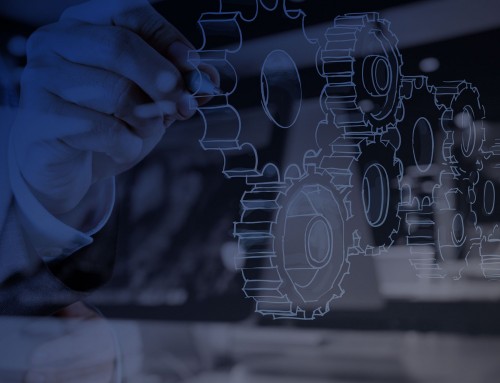In today’s world, hospital systems have more clinical and business documentation than they know what to do with. As needs continue to shift, and the initiatives to change or upgrade your EHR or other applications begin, you ask yourself – what are we going to do with all of that data?
Extracting and importing large amounts of data into new systems can be extremely overwhelming, and for that reason often times when a decision is made to migrate systems much of that key data is left in the older applications. Legacy systems can’t be sunset because the data stored within needs to be accessed. High fees are still incurred to keep older applications operational and compliant. The price to maintain those legacy systems in order to keep that data adds up fast; software maintenance, internal labor costs, data center costs, etc.
If you are tired of wasting your limited resources and budget on maintaining seldom used applications, it is time to think about a Legacy Archiving Solution. The purpose of a Legacy Archiving Solution is to provide a means to view patient related data in a precise and organized manner through one web-based platform.
WHEN to archive:
- System/EHR replacements
- Mergers & acquisitions
- Cost of storage/maintenance fees are getting too high
- Practice closure/relocation
- Security & cyberattack concerns
- Potential hardware failure
- Limited knowledge of old systems
WHY to Archive:
- Cost – Legacy system vendors charge steep maintenance fees for the ability to provide continued access to the hospital’s data. There are often times “hidden” hardware, labor, and operational costs for keeping each legacy system running. An archiving solution consolidates and reduces overall IT operational costs. Ongoing maintenance for the ability to access hospital data seamlessly is consolidated to a single solution for a fraction of the cost.
- Clinical Care – Since not all legacy data migrates to the new EHR, access to legacy data can be challenging. It requires users going into multiple systems to access and search through documents. An archiving solution offers a simple, single source of legacy data, and original report and document images can be cross-referenced across multiple systems and facilities.
- Compliance – Hospitals are required to provide timely and accurate responses to requests for legally sound patient or payor documentation. With a legacy data archiving solution, all original report and document images are easily accessed. Full and complete encounter and patient medical records are a single click away.
Make sure you know what the Record Retention Mandates are for your state: https://www.healthit.gov/sites/default/files/appa7-1.pdf
With most Legacy Archiving Solutions, data can be separated into different categories:
- Master Patient Index
- Patient Visit Data
- Radiology
- Pathology
The archive also provides a mechanism to view financial data:
- Payroll
- General Ledger
- Materials Management
- Accounts Payable
- Account Receivable
- Account Billing
Summit Healthcare has worked with some of the largest health systems to extract, normalize, import, and assist with data validation. With various methods of extracting legacy data, we have 20+ years of experience pulling files from any application, and placing them into legacy data archive solutions.
To learn more about data archiving considerations, best practices, and additional information on solutions and services available to you – visit us at www.summit-healthcare.com or contact us: [email protected].
By: Christine Duval, Director of Marketing



